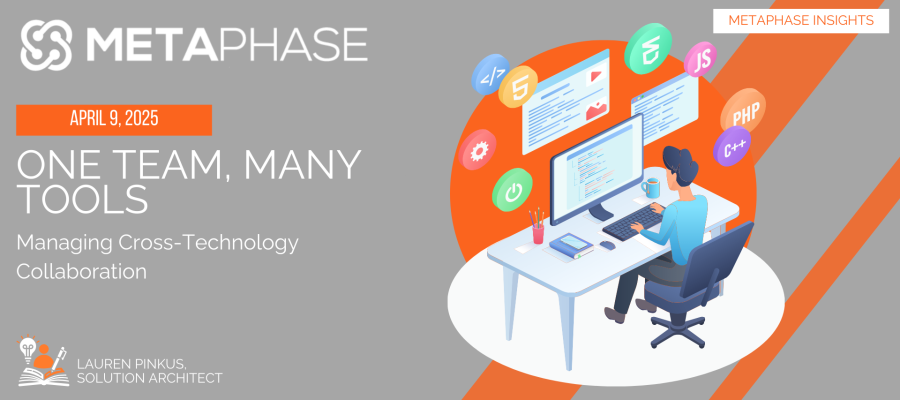
What happens when your teams rely on different systems, but the data needs to be the same?
Today’s organizations are more interconnected than ever, yet many still struggle with a fundamental challenge—how to ensure seamless collaboration across multiple teams, each using different technologies. While specialized tools enhance productivity, they also create silos, making it difficult to maintain consistency, share information, and ensure data accuracy.
Cross-technology collaboration isn’t just about picking the right software—it’s about establishing a strategy that integrates people, processes, and platforms into a single, unified workflow. Without proper alignment, teams risk working from outdated or conflicting data, leading to inefficiencies, miscommunication, and lost productivity.
The Challenge of Multi-Platform Work Environments
Organizations today use an array of tools—project management software, cloud storage platforms, enterprise resource planning systems, and customer relationship management solutions. While each serves a unique function, the lack of interoperability often results in:
- Data inconsistencies – Different versions of the same information exist in separate systems.
- Communication gaps – Critical updates fail to reach the right people at the right time.
- Duplicate work – Teams manually transfer data between platforms, increasing errors.
- Compliance risks – Without proper governance, teams may use outdated or unauthorized information.
A single source of truth becomes essential to keeping teams aligned and moving forward.
Building an Integrated Collaboration Strategy
The key to managing cross-technology collaboration is intentional integration—not forcing a single tool upon everyone, but ensuring that the systems work together effectively. Here’s how organizations can achieve that:
- Map Out the Ecosystem – Identify all the platforms teams use and assess where data overlaps, where gaps exist, and where integrations are needed.
- Commit to a Governance Strategy - Work across distinct teams to discuss agile goals, blockers, and dependencies, supporting each other to allow actions to move forward.
- Create a Single Source of Truth – Establish a master system or repository where the most up-to-date, validated data lives. Ensure all tools sync to this source.
- Leverage Automation and APIs – Automate data sharing between platforms using APIs and connectors to reduce manual input and minimize errors.
- Standardize Workflows – Define common processes that ensure teams follow the same data entry, validation, and reporting practices across platforms.
- Ensure Data Governance – Implement access controls, versioning protocols, and audit trails to maintain security, compliance, and accuracy.
- Train Teams on Cross-Tool Collaboration – Provide guidance on how teams can best interact with integrated systems to maintain efficiency and consistency.
Real-World Use Case: Connecting Teams Across Technologies
Consider a federal agency managing a multi-department initiative. The project team uses one tool for task tracking, another for document collaboration, and a third for reporting. Without integration, updates must be entered manually into each system, leading to discrepancies and miscommunication.
By following the roadmap, implementing a governance strategy and using an automated data sync between these platforms, the agency can:
- Ensure that project milestones update in real-time across all systems.
- Maintain a single, authoritative version of key documents.
- Reduce redundant manual work and the risk of outdated information being used.
- Improve transparency and alignment across departments.
The Future of Seamless Collaboration
The modern workforce demands agility, but agility without alignment leads to chaos. By implementing smart integration strategies, organizations can ensure their teams remain connected, their data stays accurate, and their productivity soars.
True collaboration isn’t about eliminating tools—it’s about making them work together. With the right strategy, organizations can move beyond platform silos and unlock a seamless, efficient, and data-driven future.

